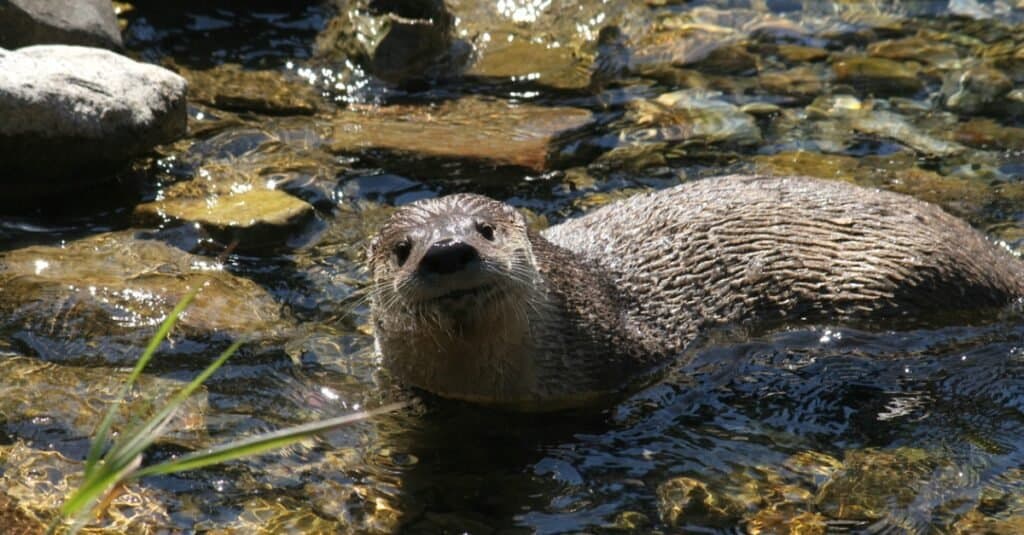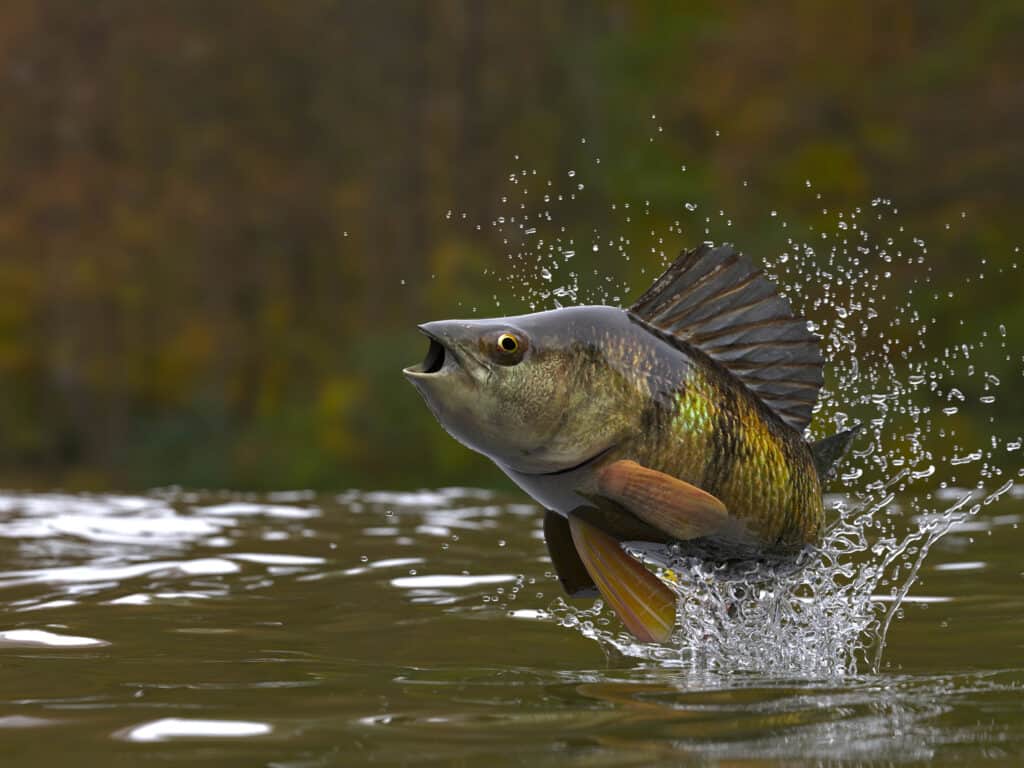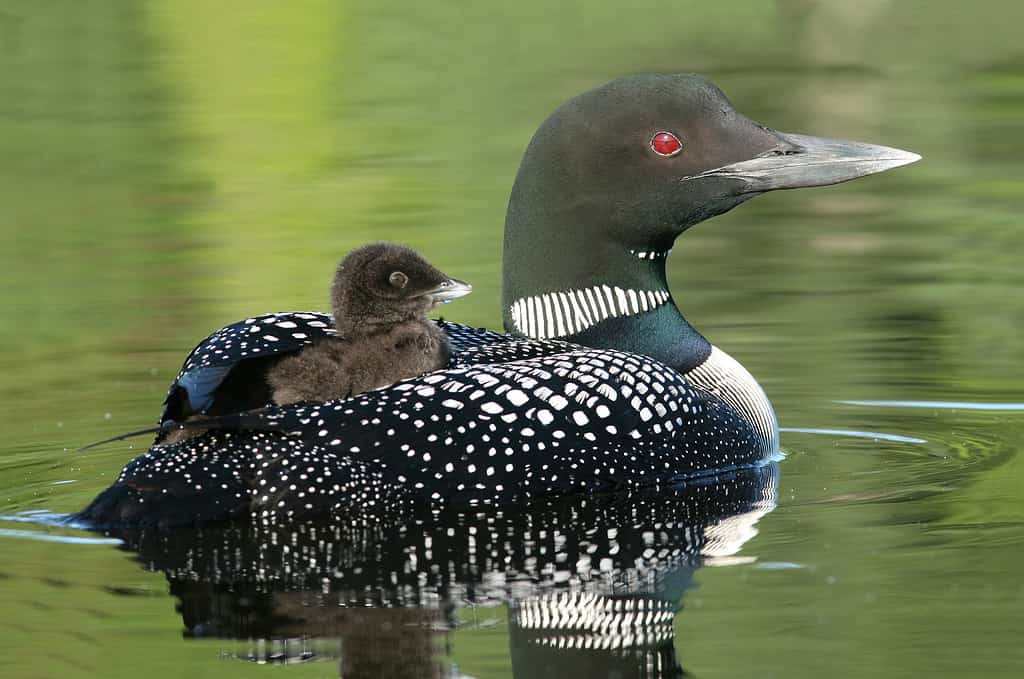The Duluth harbor ranked in the top 20 ports in the United States based on cargo tonnage. It also assists the maritime transportation requirements of various industries, from forestry, agriculture, manufacturing, mining, passenger cruises, and power generation. The Duluth Canal is essential to the port’s success and has been the backbone of the region’s economy for a century. But how deep is the Duluth Canal, and is it safe for ships?
Where is the Duluth Canal?
The Duluth Canal sits on the north end of Minnesota Point, in Canal Park, Duluth, Minnesota. It provides a safe and navigable route from Duluth-Superior Harbor to Lake Superior.
What is the Duluth Canal?
The Duluth Canal still functions as originally intended, providing an easier route from Lake Superior to Duluth Harbor. Furthermore, this channel is the essential link for regional industrial and commercial shipping.
How Was the Duluth Canal Formed?

The Duluth Canal still functions as originally intended, providing an easier route from Lake Superior to Duluth Harbor.
©Jacob Boomsma/iStock via Getty Images
The excavation of the Duluth Canal began in 1871 by a private company. This canal enabled ships to pass through Minnesota Point to the Bay of Duluth. Soon after, the new inner harbor began constructing loading and unloading docks to accommodate the growth. At first, the canal had a depth of six to eight feet, but it was deepened to 12 feet in 1867 and 1874. Furthermore, between 1881 and 1882, it was deepened again to 16 feet when new locks were constructed at Sault Ste. Marie, MI. Then, in the 1890s, the canal accommodated over 3.5 million tons of cargo tonnage, so it had to be deepened a few more times.
How Deep is the Duluth Canal?
How deep is the Duluth Canal? Well, the answer to this question has significantly changed throughout the years. After the 1890s, in 1896, congress merged the Duluth and Superior ports and handed over $3 million as a joint appropriation for harbor improvements. With this appropriation, the channels were enlarged over the next ten years and deepened to 20 feet.
As the vessels expanded to new sizes and capacities, so did the canal. Eventually, the channels were deepened to 24 feet in the 1930s. So, how deep is the Duluth Canal? Finally, in the 1950s, with the development of the St. Lawrence Seaway system, the canals were enlarged to 27 feet deep in order to accommodate ocean-going foreign vessels and the largest lake ships.
How Wide is the Duluth Canal?
The canal is outlined by two breakwaters 300 feet apart and 1,720 feet long. They are made of concrete and set on stone and timber. The Duluth canal is 245 feet wide and 28 feet LWD, which can accommodate the passage of ocean-going ships. Furthermore, the Duluth canal also has three lighthouses: the South Breakwater Outer Light and North Pier Light mark the ends of the channel, while the South Breakwater Inner Light functions as a range light.
The Tides of the Duluth Canal
The current of the Duluth Canal is relatively strong, very similar to a small river. It is so powerful that it keeps the canal from freezing over in the winter. However, when it gets extremely cold, the canal will get blocked with ice or freeze, but it never lasts long.
What Animals Live in the Duluth Canal?
The Duluth Canal doesn’t only accommodate ships, it is also home to various wildlife, including:
Coho Salmon

Anglers fishing in the Duluth Canal have Ontario and Michigan to thank for the Coho Salmon because that’s where they originate.
©iStock.com/John Pennell
These salmon are anadromous, meaning they can survive in saltwater and freshwater. Coho salmon are also known as silver salmon. They average between 1.5 to 3 pounds, so they are quite small compared to other species of salmon. Juveniles’ diet consists of water fleas and copepods, while adults primarily eat small fishes, especially small cisco and smelt. However, they may also prey on terrestrial insects that fall into the water and opossum shrimp. Anglers fishing in the Duluth Canal have Ontario and Michigan to thank for the Coho Salmon because that’s where they originate.
North American River Otter

North American river otters have a varied diet, like crayfish, birds, fish, crabs, bird eggs, frogs, and reptiles like turtles. But they may also eat aquatic plants and feed on small mammals, like rabbits or muskrats.
©iStock.com/MarcQuebec
The North American river otter inhabits most of the United States and Canada, except for parts of the Southwest, the Colorado River Delta, and Mexico in the Rio Grande. However, they can survive in any water habitat, like marshes, rivers, lakes, ponds, and estuaries. Furthermore, they thrive in high elevations or warm or cold temperatures. The only thing they need is an adequate food source. These otters like to build their dens along the water in deserted burrows or abandoned hollows. North American river otters have a varied diet, like crayfish, birds, fish, crabs, bird eggs, frogs, and reptiles like turtles. But they may also eat aquatic plants and feed on small mammals, like rabbits or muskrats.
Yellow Perch

Yellow perch are known by multiple names, including American perch, lake perch, ringed perch, raccoon perch, striped perch, and dodd fish.
©bekirevren/Shutterstock.com
The yellow perch, more commonly known as a perch, is a freshwater fish that originates in the Northeast and Midwest United States and throughout most of Canada. They are notorious for their vibrant green and gold colors with black stripes. These fish are usually prey for larger species, but they become predators themselves when fully mature. In fact, nearly all predatory freshwater species prey on yellow perch during various life stages. However, their primary threats are largemouth bass and walleye. Yellow perch are known by multiple names, including American perch, lake perch, ringed perch, raccoon perch, striped perch, and dodd fish.
Northern Pike

Northern pikes are ambush predators, so they can lie waiting for hours, but as soon as they sense prey nearby, they strike at lightning speed and with incredible accuracy.
©Jik jik, CC BY-SA 3.0, via Wikimedia Commons – Original / License
The northern pike usually inhabits slow-moving rivers with high vegetation and weedy bays of lakes. However, they also occur in shallow lake bays as long as they have weeds for cover. But, as the temperatures rise, they migrate to deeper waters to escape the heat. They are carnivorous fish and need to consume a large amount of food per day. Their diet primarily consists of fish, but they are opportunistic predators and will consume anything that gets in their way, provided it is smaller than them. Prey may include waterfowl, frogs, snakes, and small mammals, like birds, shrews, and mice. Northern pikes are ambush predators, so they can lie waiting for hours, but as soon as they sense prey nearby, they strike at lightning speed and with incredible accuracy.
Common Loon

These aquatic birds breed on lakes surrounded by forests in the northern USA (including Alaska) and Canada. However, they migrate to coastal ocean waters during the winter.
©BRIAN LASENBY/iStock via Getty Images
The common loon is an icon of the northern lakes with its eerie call. They are long-bodied birds with incredible swimming and diving skills. They differ from the majority of bird species because they have solid bones. But this makes them more effective at maneuvering through water because they are less buoyant. Another feature that helps them maneuver through water is their legs, which are set far back on their bodies. However, this feature also makes them walk awkwardly on land. As a result, they spend very little time on the ground but generally go ashore to nest. These aquatic birds breed on lakes surrounded by forests in the northern USA (including Alaska) and Canada. However, they migrate to coastal ocean waters during the winter.
Thank you for reading! Have some feedback for us? Contact the AZ Animals editorial team.








